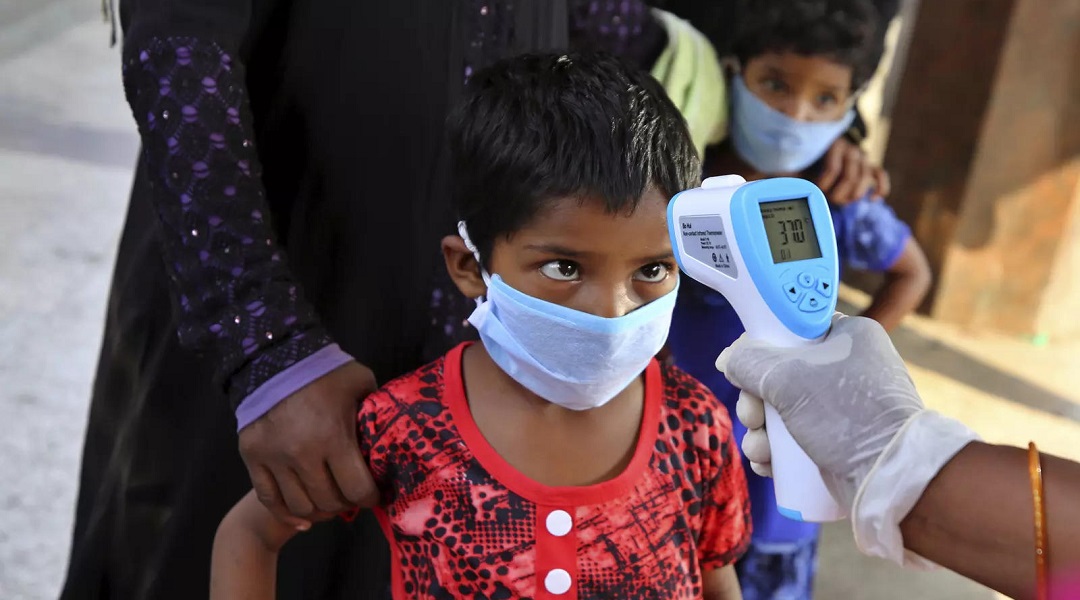It is unclear why children are less likely than adults to get serious illnesses with Covid. Some have hypothesised that this may be because children are less likely to suffer from conditions known to be associated with more severe COVID, such as type-2 diabetes and high blood pressure. Others have proposed that it might be due to a change in ACE2 receptors in youngsters, which are the virus’s entry point into our cells.
However, some scientists have hypothesised that kids may already be more immune to Covid than adults are. Particularly, memory T cells—immune cells that aid your body in remembering and eliminating foreign invaders—are thought to be the source of this immunity, which is produced by common colds, some of which are brought on by coronaviruses.
In a recent study, we tested this notion. We discovered that SARS-CoV-2 (the virus that causes COVID) is recognised in children by T cells that had previously been activated by a coronavirus that causes the common cold. And as people aged, their answers got worse.
Scientists discovered memory T cells that could recognise SARS-CoV-2 early in the pandemic in persons who had never been exposed to the virus. These cells, which originate from prior infections caused by pathogens other than SARS-CoV-2, are frequently referred to as cross-reactive T cells. These cells may even improve responses to COVID vaccines, according to research, and may even offer some protection against COVID.
How we acted
Before the pandemic, we used blood samples taken from kids when they were two and again when they were six. Adults were also included, but none had ever had SARS-CoV-2 before. We searched for T cells specific to OC43, one of the coronaviruses that causes the common cold, and T cells that responded to SARS-CoV-2 in these blood samples.
High-dimensional flow cytometry, a cutting-edge method, allowed us to distinguish T cells and describe their condition in great detail. We focused on the response of T cells to OC43 and SARS-CoV-2.
We discovered a strong correlation between the frequency of OC43-specific memory T cells, which was higher in children than in adults, and SARS-CoV-2 cross-reactive T cells. The cross-reactive T cell response was noticeable in two-year-olds, peaked at age six, and then weakened as people aged.
We are unsure of whether or to what extent the presence of these T cells confers protection against COVID. Yet, this innate immunity, which seems to be particularly strong in adolescence, may help to explain why adolescents with a COVID infection typically fare better than adults.
Certain restrictions
Our research is based on samples from youngsters (aged two and six) and adults (aged 26 to 83). Since the mortality rate from COVID in children is highest in younger children and lowest from ages five to nine, it will be crucial to analyse samples from children of other ages in order to better understand age differences. Moreover, we lacked samples from adolescents or people under the age of 26.
Our research also looked into the blood’s circulating T lymphocytes. Yet, immune cells can also be found in other body locations. It is still unknown if the age differences found in our study would hold for tissue samples taken from the tonsils or lower respiratory tract, for instance, where T cells reactive to SARS-CoV-2 have been found in adults who haven’t been exposed to the virus.


